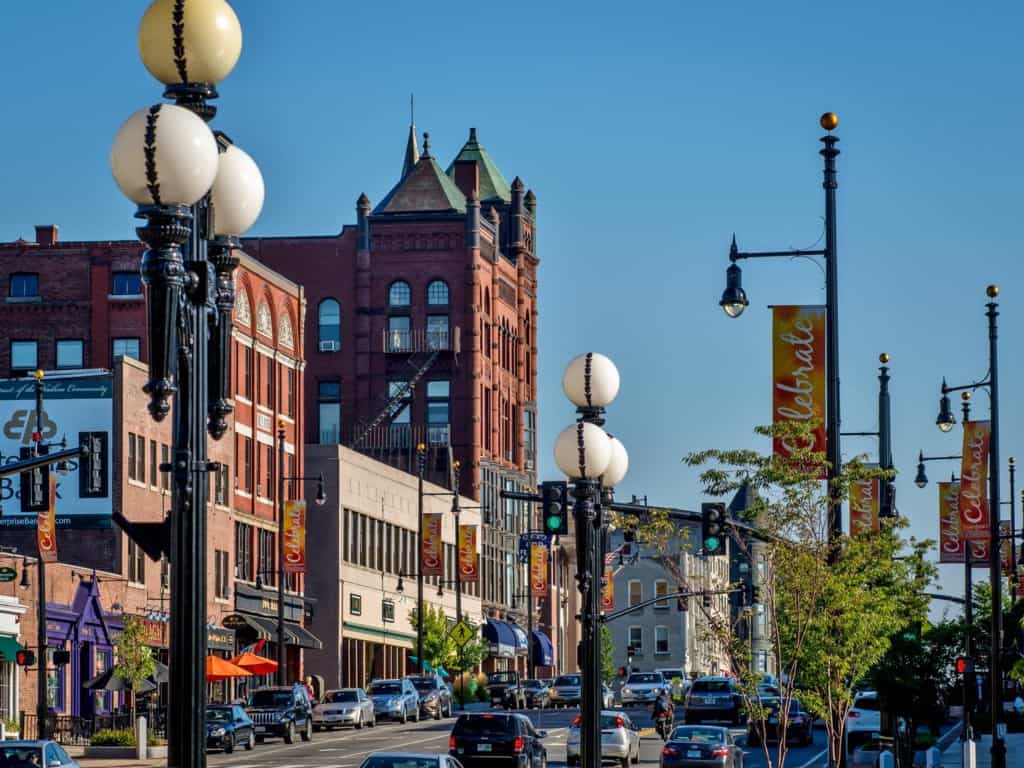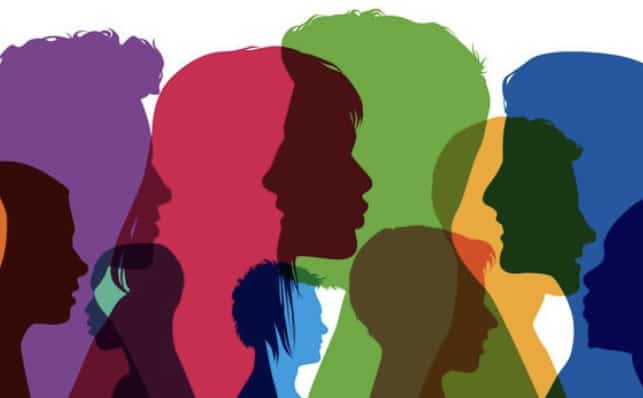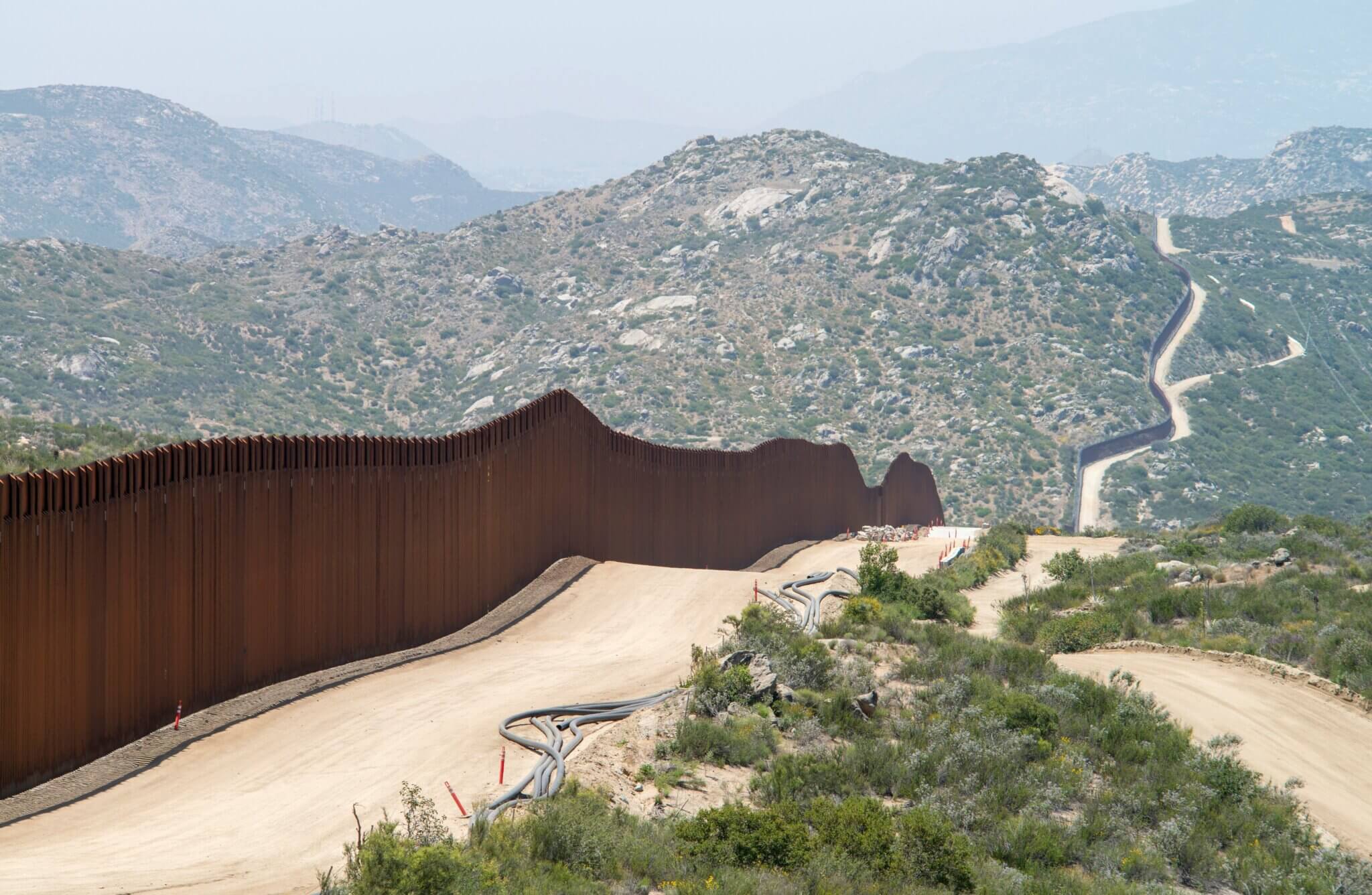136,000 of New Hampshire’s 1.356 million residents are Hispanic-Latino, according to the U.S. Census; exactly 10-percent. The Granite State experienced some of the fastest increases of the group’s population in the country from 2010 to 2019.
The state saw the largest percentage population increase of any state in New England between July 2019 and July 2020, according to the Carsey School at UNH.
Ken Johnson, a senior demographer at Carsey, said in an interview with the Concord Monitor that the bulk of the recent growth is due to migration into the state. Between 2000 and 2018, the growth of minority populations accounted for about two-thirds of the overall population increase in New Hampshire, he pointed out.
Among the 10 cities with the largest population of Hispanics-Latinos are Nashua, Manchester, and Berlin.
SUGGGESTION: Home, Dulce Hogar

13-percent of Nashua’s 90,000 residents are Hispanic-Latino but go north and the diversity of the state changes dramatically. Coos County, which has about a third of Nashua’s total population, is still 95% white.
Emily Walton, an associate sociology professor and race scholar at Dartmouth College, surveyed white residents of the Upper Valley about their opinions on the area’s demographic shift and their expectations of newcomers. She told the Concord Monitor her project revealed a belief that immigrants and people of color should “play by the rules” of the local culture.
This desire for nonwhite residents to assimilate — by learning English or by not “disturbing the peace” with protests, for example — causes some people of color to view New Hampshire as a temporary home rather than a permanent one.
“What’s happening in the communities is whites that live here feel threatened about their status as they see people of color coming in, and it’s kind of a threat to what has always been accepted,” Walton explained. “Kind of like, ‘Yes, we will welcome you, as long as you act a certain way.’ ”
The survey responses indicate that white residents may also feel threatened by the presence of people of color because it forces them to acknowledge their white privilege. Some white residents may believe that racism is not a problem here because there is limited diversity here, Walton said.
“As long as there are no people of color here, it’s like, ‘I’m a good person, I’m not racist, it’s just that I’ve never had any experience with diversity.’ But when it’s kind of in your face, you have to sort of figure out where you stand with it,” she said. “There’s this soul-searching that seems to be kind of happening for the local population.”
Publisher’s Note: As New Hampshire diversifies, who gets to belong? is part of a year-long project exploring race and equity in New Hampshire produced by the partners of The Granite State News Collaborative. For more information visit collaborativenh.org.




